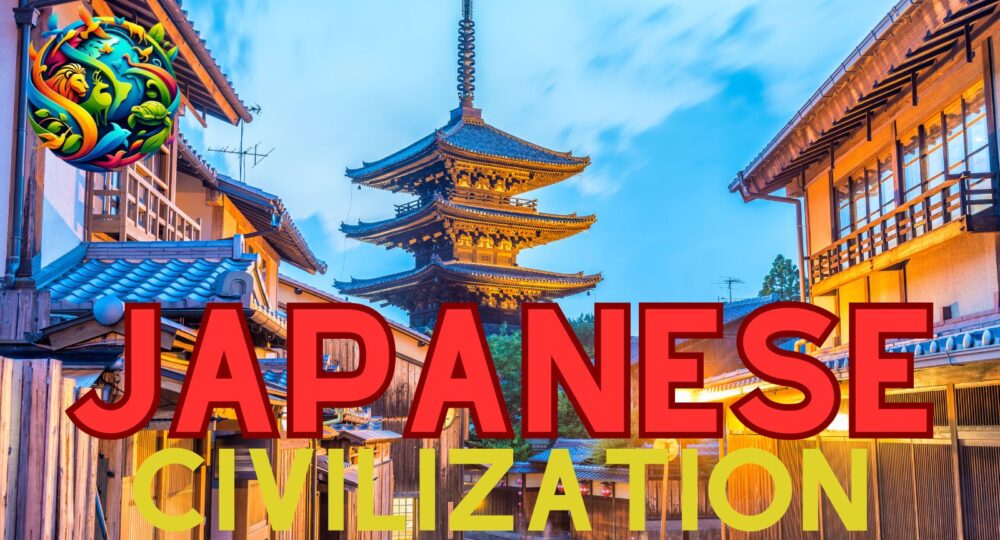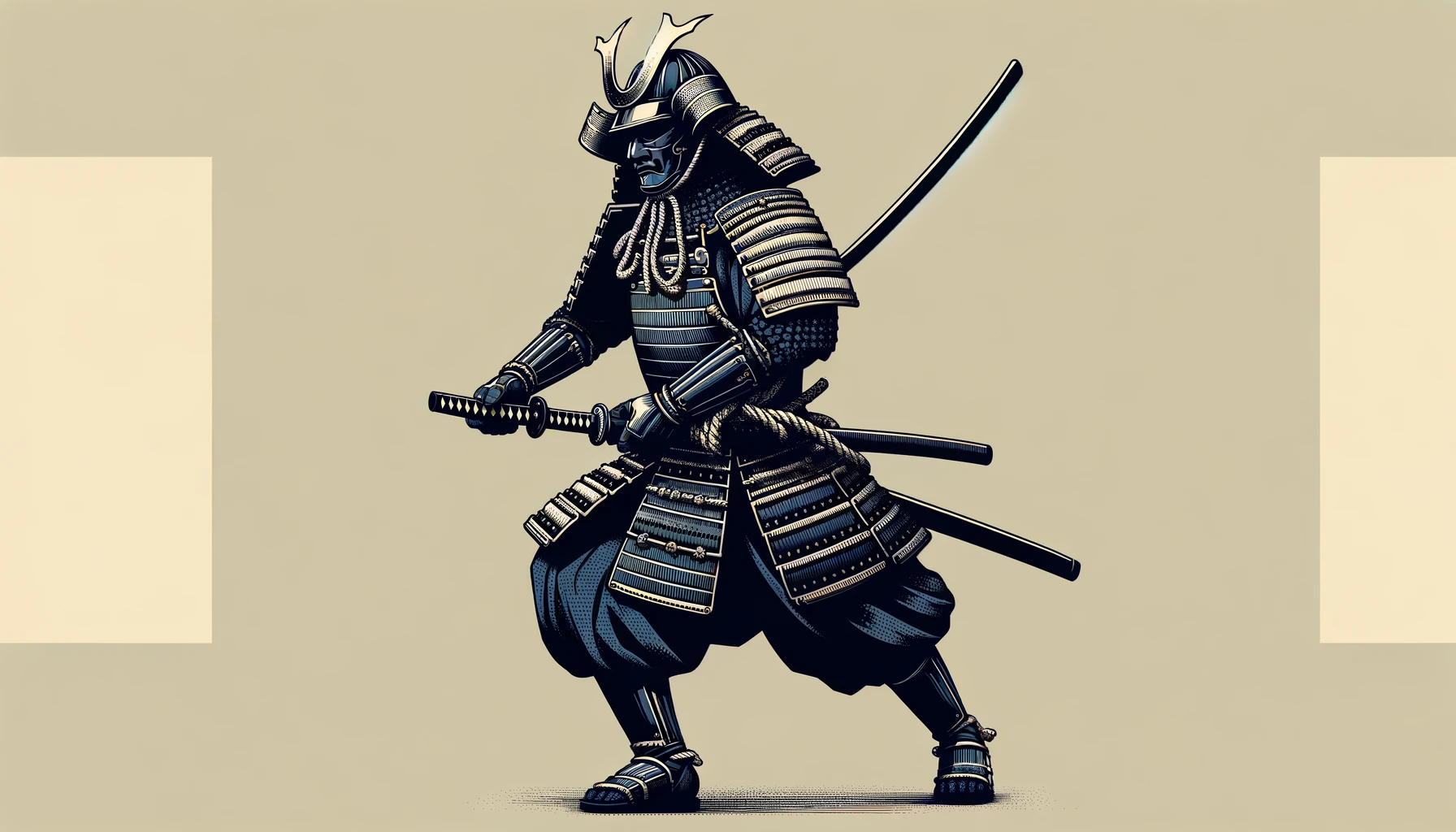
Japanese Civilization: A Tapestry of Endurance and Elegance
Japanese Civilization: A Tapestry of Endurance and Elegance
Introduction to Japanese Civilization
Japanese civilization is a profound narrative of resilience, innovation, and cultural refinement. Spanning thousands of years, it presents a unique blend of indigenous traditions and external influences, weaving a story that resonates with both the timeless values of the past and the dynamic changes of the modern era. This article explores the evolution of Japanese civilization, highlighting key periods, cultural achievements, and its indelible impact on the global stage.
Origins and Prehistoric Japan
Jomon and Yayoi Periods
The roots of Japanese civilization can be traced back to the Jomon period, characterized by its cord-marked pottery and a hunter-gatherer lifestyle. The Yayoi period followed, introducing rice agriculture, metalworking, and the formation of proto-state structures, laying the foundation for Japan’s complex societal framework.
Classical Japan and the Asuka Period
Introduction of Buddhism and Chinese Influence
The Asuka period marked the introduction of Buddhism to Japan, alongside significant Chinese cultural and political influences. This era saw the establishment of Japan’s first permanent capital and the consolidation of imperial power, setting the stage for a flourishing classical culture.
Heian Period: The Golden Age of Courtly Culture
Literature, Art, and the Tale of Genji
The Heian period is celebrated as the pinnacle of imperial court culture, renowned for its artistic achievements, particularly in literature and poetry. “The Tale of Genji,” considered the world’s first novel, epitomizes the era’s sophisticated aesthetic and emotional depth.
Samurai and the Feudal Era

Kamakura, Muromachi, and Sengoku Periods
The rise of the samurai class and the establishment of military governments during these periods shaped a feudal system that dominated Japanese society for centuries. This era was marked by martial valor, the development of the bushido code, and significant cultural contributions, despite ongoing internal conflicts.
Unification and the Edo Period
Tokugawa Shogunate and Isolation
The Edo period brought about the unification of Japan under the Tokugawa shogunate, leading to an era of peace, isolation from the outside world, and a flourishing of urban culture. Art forms such as ukiyo-e and kabuki theater thrived, reflecting society’s evolving tastes and values.
Meiji Restoration and Modernization
Western Influence and Industrialization
The Meiji Restoration marked a pivotal turn in Japanese history as the country embraced Western technology and industrialization, rapidly transforming into a modern nation-state. This period of intense modernization laid the groundwork for Japan’s emergence as a world power.
20th Century: War and Reconstruction
World War II and Economic Miracle
The devastation of World War II was followed by a remarkable period of economic recovery and growth, propelling Japan to the forefront of global technology and manufacturing. The “economic miracle” of the post-war era is a testament to the resilience and ingenuity of the Japanese people.
Contemporary Japan
Technological Advancements and Cultural exports
Today, Japan stands as a leader in technological innovation and a cultural powerhouse, with its anime, manga, cuisine, and fashion enjoying worldwide popularity. The country’s blend of tradition and modernity continues to captivate the global imagination.
Cultural Traditions and Innovations
Tea Ceremony, Martial Arts, and Anime
Japanese civilization is renowned for its rich cultural traditions, including the tea ceremony, martial arts, and the global phenomenon of anime and manga. These cultural exports provide a window into the Japanese ethos, balancing meticulous attention to detail with a boundless creative spirit.
Japanese Religion and Spirituality
Shinto, Buddhism, and Syncretic Practices
The spiritual landscape of Japan is marked by a syncretic blend of Shinto, Buddhism, and other religious practices, reflecting a deep reverence for nature, ancestors, and the divine. This religious pluralism underscores the complexity and diversity of Japanese spirituality.
Impact of Japanese Civilization Globally
Technological, Economic, and Cultural Contributions
Japanese civilization has made indelible contributions to global technology, economy, and culture. From cutting-edge electronics to compelling storytelling in film and literature, Japan’s influence is evident in various facets of contemporary life, fostering cross-cultural understanding and appreciation.
Exploring Japanese Civilization Today
Museums, Historical Sites, and Educational Opportunities
Japan’s rich history and cultural heritage can be explored through its museums, historical sites, and educational programs, offering insights into the nation’s past and present. These resources play a crucial role in preserving and disseminating Japanese civilization’s legacy.
FAQs About Japanese Civilization
- How did Buddhism influence Japanese culture and art?
- What role did the samurai play in Japanese history?
- How has Japanese cuisine evolved over the centuries?
- What are the origins of the Japanese writing system?
- How does Japan balance tradition and modernity in its society?
Conclusion: The Enduring Legacy of Japanese Civilization
Japanese civilization, with its remarkable journey from ancient origins to contemporary prominence, offers a unique perspective on human creativity, resilience, and the quest for harmony. Its enduring legacy, characterized by a profound respect for tradition and an unwavering embrace of innovation, continues to inspire and influence people around the globe.
References and Further Reading
For those seeking to delve deeper into Japanese civilization, a wealth of resources, including scholarly articles, books, and documentaries, offers comprehensive insights into its history, culture, and global impact. Engaging with these materials can enrich one’s understanding of Japan’s multifaceted legacy.






